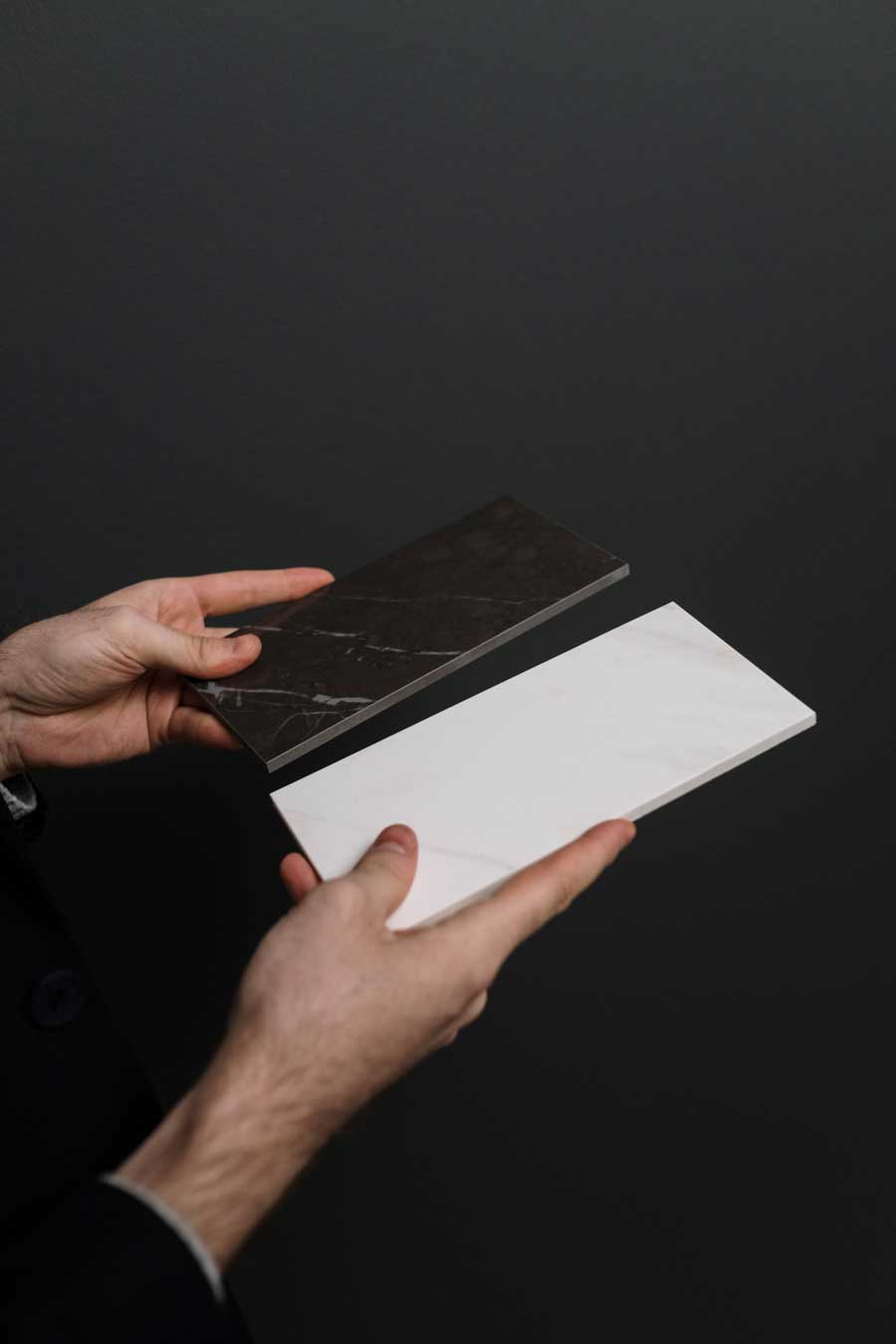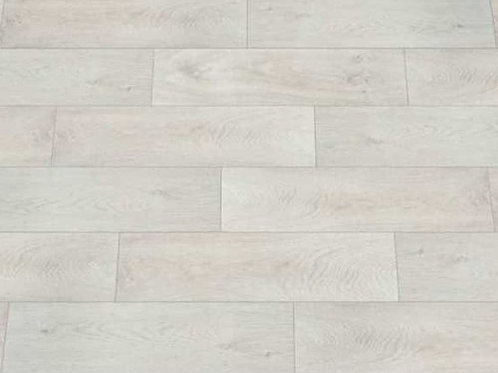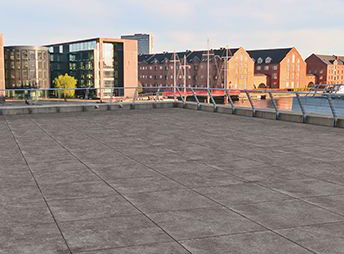
Technical materials for interior design_part 1

The need to use ever thinner materials in large-format slabs, especially in the renovation sector, in the last decade has pushed the ceramic industry to make considerable investments in experimentation and large-scale production of new technical materials for the various interior design applications.
La prima azienda a produrre grandi formati ceramici dallo spessore sottile (fino a 3 mm) è stata la Cotto D’Este con Kerlite®. Negli anni successivi, sulla scia della forte domanda che oggi conferma una produzione di circa 90 milioni di metri quadrati prodotti annualmente, anche altre aziende hanno investito sulla produzione dei grandi formati.
Today there are basically two types of similar products by production process and raw materials:
- Porcelain stoneware
- Sintered stone
The first type, the most widespread on the market, is produced by many companies, especially Italian and Spanish, which have by now directed the largest percentage of internal production on large, thin-thickness formats (6-12-20 mm).
Porcelain stoneware is a mixture of particular clays, feldspar, kaolins and sands, suitably ground until they are atomized in order to reach a particle size that allows pressurization. Once pressurized, they are cooked in special ovens about 140 meters long where an average temperature of 1200 degrees is reached for about 20 minutes and then cooled to room temperature thus allowing crystallization.
The second type, more recently experimented, represents a market niche with targeted applications, where some companies, especially one Italian, Breton with Lapitec® and two Spanish, Cosentino with Dekton® and TheSize with Neolith®, are leaders in the production of sintered sheets. dove alcune aziende, in particolar modo una italiana, la Breton con il Lapitec® e due spagnole, la Cosentino con il Dekton® e la TheSize con il Neolith®, sono leader nella produzione di lastre sinterizzate.


The sintered stone is a mixture of natural minerals such as clay, feldspar, silicon, quartz which are compacted through a firing process similar to the ceramic one in which the particles bind uniformly thus creating a homogeneous mass free of impurities. . The absence of resins or chemical binders derived from petroleum makes the product 100% natural and recyclable.
Thanks to their technical characteristics that make them easy to clean, antibacterial, resistant to scratches and staining agents, the applications for these materials are really wide, ranging from coatings and floors for both interiors and exteriors, to the ventilated facades of modern buildings, up to to kitchen countertops where production with elements of great length without joints is often require
They come with a variety of colors and very large textures, especially for the marble / stone effect series where a great quality of photographic reproduction has been achieved.
